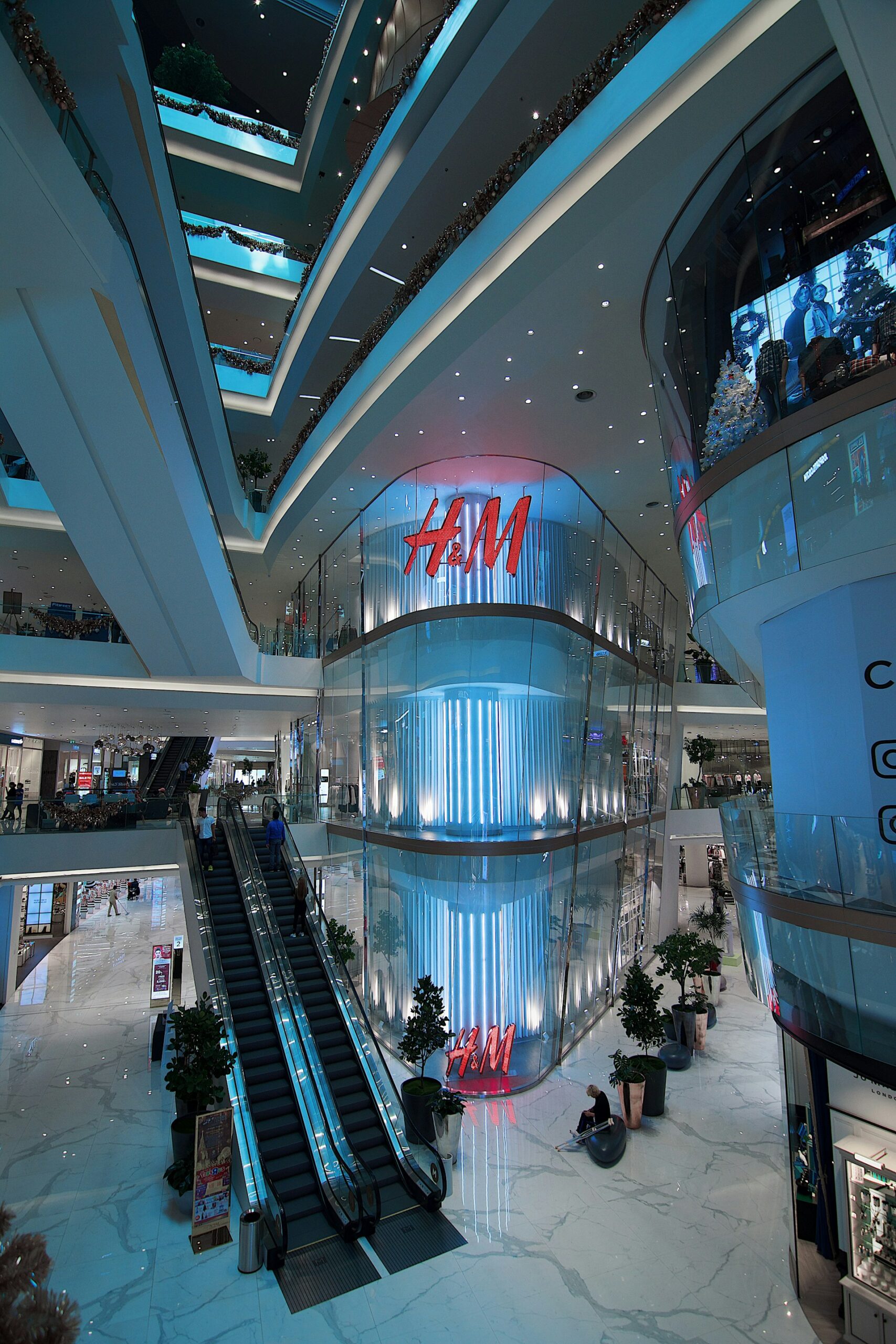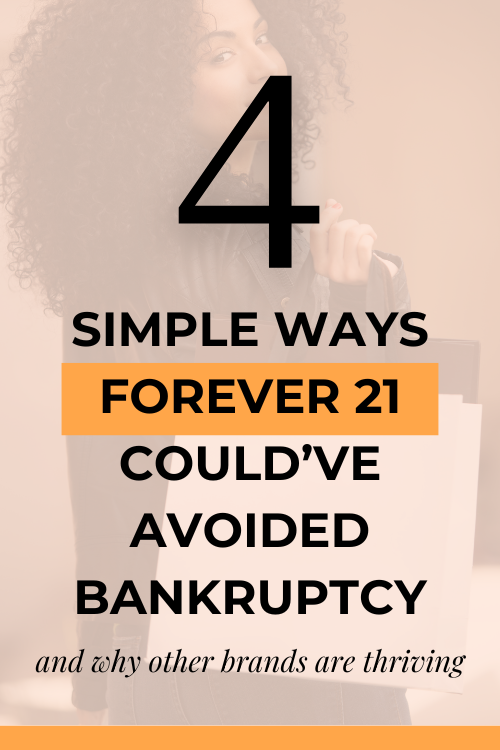It’s hard to believe that Forever 21 is filing for bankruptcy and closing its stores. Somehow, it couldn’t keep up with companies like Shein, Temu, and Amazon, which are dominating the market right now. It’s crazy because, to me, Forever 21 was the original fast fashion brand.
But how have similar brands like Abercrombie, H&M, and American Eagle managed to stay afloat during a time when cheaper options are everywhere? Let’s dive into what went wrong for Forever 21 and what we can learn from it.

1. Lack of Brand Positioning and Identity
Forever 21 used to be the go-to for trendy, budget-friendly fashion for teens and young adults. But over time, the company lost its identity. While brands like Abercrombie and American Eagle evolved to align with more sustainable practices and inclusive messaging, Forever 21 never quite figured out how to redefine itself beyond just being cheap.
Imagine if Forever 21 had leaned into its millennial (and beyond) audience. It could’ve rebranded with a name like “Forever” because let’s be real, the “21” no longer applies. Millennials are between the ages of 29 and 44 now, and the styles we wore 10-15 years ago aren’t cutting it. We need more quality, affordable clothing that speaks to a more mature consumer—think diverse sizing, premium basics, and comfortable options. Forever 21 could’ve been the go-to for elevated essentials during a time when many cheap brands were focused solely on trends.
2. Lagging Behind in E-Commerce
When it came to e-commerce, Forever 21 just couldn’t keep up. Brands like Shein and Temu capitalized on the growing digital shopping trend, while Forever 21 still had a big focus on physical stores. This worked for a while, but when the pandemic hit and people started staying home, Forever 21’s digital presence felt outdated and lackluster.
Meanwhile, brands like H&M and American Eagle did a great job blending the physical and digital worlds. Forever 21’s website, on the other hand, felt like an afterthought—dull and not as vibrant as the in-store experience.
3. Price vs. Quality Struggle
While Shein and Temu are unbeatable on price, their clothes have a reputation for being low quality and even toxic, which makes them unappealing for shoppers looking for longevity. In contrast, Abercrombie shifted its focus toward sustainable fabrics and higher-quality pieces, even if it meant charging a little more than the super-cheap options. Forever 21, however, didn’t differentiate itself much in terms of quality, which meant shoppers who wanted something that would last longer often chose more quality brands.

4. Inconsistent Product Offerings
One of the biggest issues with Forever 21 was the inconsistency in its product offerings. Brands like Abercrombie and American Eagle focused on core categories like basics, activewear, and premium denim, which helped them build strong customer loyalty. Forever 21, however, often jumped between catering to trendy pieces for a younger crowd and trying to appeal to a more mature demographic, which created confusion about who their real target audience was.
With so many offices requiring a return to in-person work, there’s a serious need for affordable business casual clothing that feels modern. Companies like New York & Company, Loft, and Ann Taylor haven’t quite nailed it, but Forever 21 could’ve filled that void by offering something a little more contemporary.
The Bottom Line
We’re living in a time where there are endless brands to choose from. The days of being “the first” to do something are gone unless you’re truly offering something innovative. For businesses to thrive long-term, they need to stay in tune with the evolving needs of their target audience and make bold, strategic decisions.
Photo credits:
Photo 1: Psk Slayer on Unsplash
Photo 2: Parker Coffman on Unsplash
